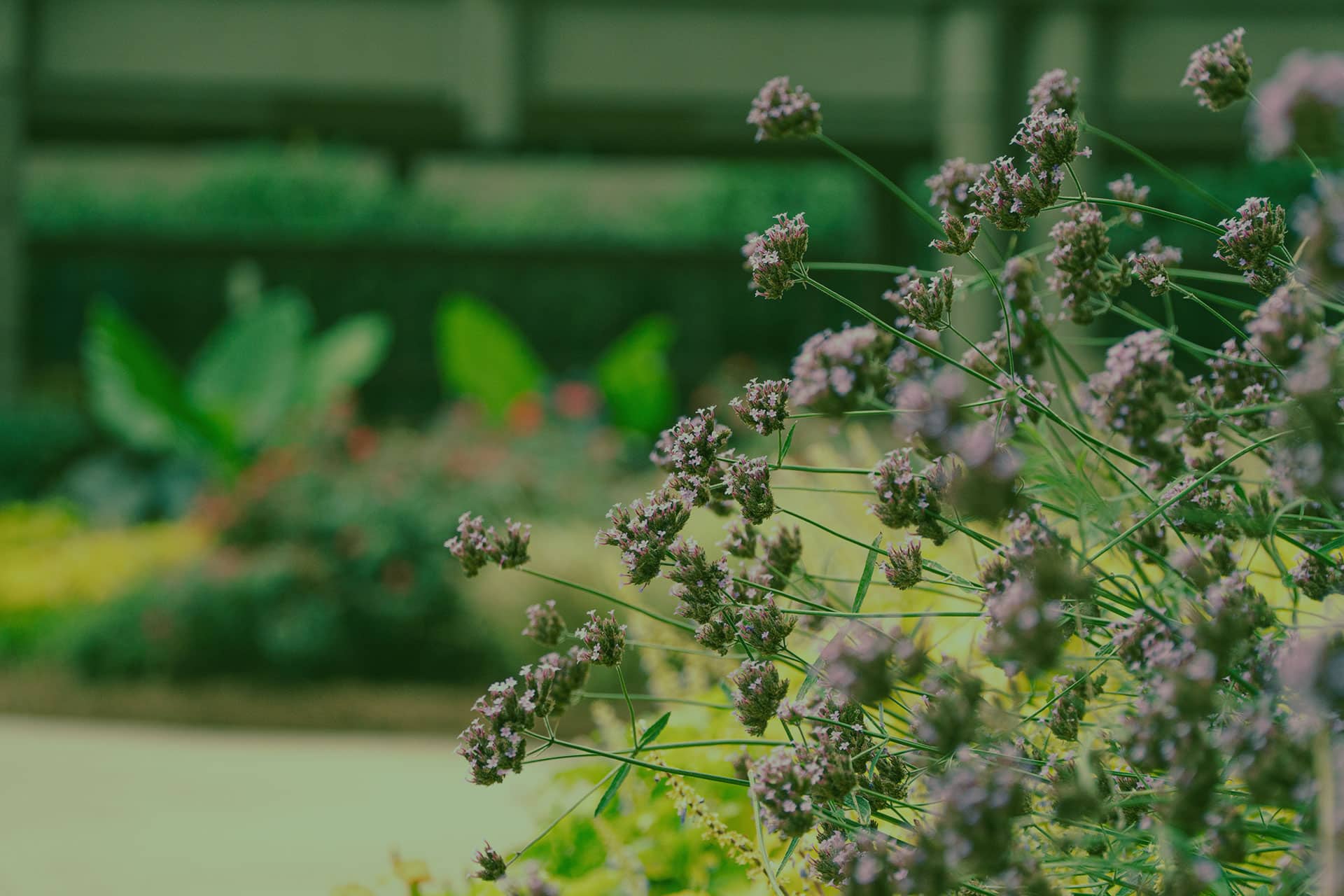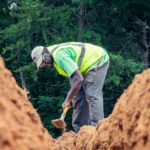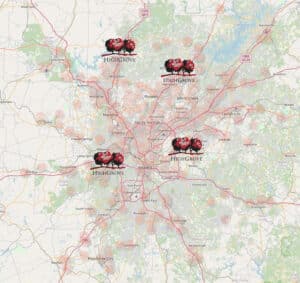Your landscape is green and growing—but is it green? More property owners are interested in pursuing what’s referred to as green infrastructure and sustainable landscaping features because they recognize that what’s good for the environment is also beneficial for their bottom lines. And, considering your property’s impact on the environment is the socially responsible thing to do.
The gold standard for achieving a green property is LEED certification. This honor, awarded by the U.S. Green Building Council, measures the property’s water efficiency, energy, resources and environmental quality, in addition to innovation and design.
For existing buildings, there is LEED Existing Buildings and Operations and Maintenance (EBOM). To get your building certified under LEED EBOM, you need a minimum of 40 points. Your landscape contractor can help you achieve 15 points—that’s more than one-third of your sustainability efforts that can be addressed outdoors.
Getting LEED certified can help differentiate your property, and you can even increase rent. Tenants are seeking out sustainable spaces and want to work with property owners who care about the environment. Plus, LEED improvements to your landscape can cut operations costs and ultimately save you money.
 More commercial property owners are catching on. The Lodge at Callaway Gardens is green.
More commercial property owners are catching on. The Lodge at Callaway Gardens is green.
In fact it’s the first conference center in the southeastern United States to gain LEED certification. And, the Arthur M. Blank Family Foundation office building became Georgia’s first Leadership in Energy and Environmental Design (LEED) Gold–certified office
Now, you might be wondering: Where do I start? What are the most cost-effective ways to earn more LEED credits from landscaping?
Here are five landscaping projects that will position your commercial Atlanta property to earn credits toward LEED certification.
#1 Adopt An IPM Approach For Managing Pests & Weeds
Rather than using traditional chemicals to prevent weeds and insects on your Atlanta property, focus on cultural practices that promote healthy turf growth. Weeds and pests like to move in when a lawn is compromised. So by focusing on soil health, appropriate irrigation and maintaining a proper mowing height, grass will grow strong. When a lawn is healthy, there’s little room for weeds to move in. (Basically, in a fight for resources, the strong lawn will win against weeds.)
Cultural practices are the foundation of a sound lawn care program, and it cost nothing extra to focus on good, old-fashioned plant care. In fact, by reducing product use you are likely to save money.
#2 Plant Native Grasses And Plants
 When we encourage non-native plants and grasses to grow on our Atlanta properties, we have to work harder at keeping them healthy.
When we encourage non-native plants and grasses to grow on our Atlanta properties, we have to work harder at keeping them healthy.
They need more water, fertilizer, and controls to prevent diseases and weeds. They are more susceptible to damage from weather and pests.
On the other hand, native plants thrive with little intervention in the form of lawn care. So that means less time and resources are required for maintenance, and over the long-term that can amount to a significant savings.
What kind of grass is growing on your property? What plants are in landscape beds?
Consider switching to native varieties. And, don’t think native means boring. There is a wide selection of hardy plants for Georgia, including beautiful hydrangea and hibiscus.
#3 Replace Hardscapes With Permeable Surfaces
Hardscape and surfaces such as concrete and asphalt usher rainwater off of your property and into storm sewer systems. Stormwater runoff is a national problem, as we face the reality of aging infrastructure throughout the country. So, there is increased regulation concerning stormwater runoff, and more conscious property owners recognize the need to manage rainwater more responsibly.
 Some steps in the right direction include replacing traditional hardscape with permeable pavers that allow drainage. Permeable interlocking pavers are eligible for LEED.
Some steps in the right direction include replacing traditional hardscape with permeable pavers that allow drainage. Permeable interlocking pavers are eligible for LEED.
You’ll also earn credits for replacing hardscape with approved green space. Here, keep in mind the importance of choosing native plants and grasses.
Certainly, there is a cost associated with removing hardscape to install green landscaping. But a native landscape or selecting plants like groundcover will not require a great amount of maintenance.
#4 Reduce Stormwater Run-Off And Harvest Rainwater
Include cisterns, bioswales and other strategies to keep rainwater on your site. The water harvested through these stormwater collection and reduction systems will earn LEED credits. There is an infrastructural cost to installing these types of rainwater harvesting systems—as with any sustainability project, you’ve got to think big-picture.
Collecting rainwater lessens the burden on stormwater sewer systems, which is community benefit. And, bioswales and cisterns can prevent water from collecting in unwanted areas on your commercial property, which could result in property and/or building damage.
Talk to a landscape professional about water management for your Atlanta property. Depending on the topography and your goals, a trained expert can recommend the best type of green infrastructure for your situation.

For example, at Weatherford Place, rain harvesting container is included underground to collect rainwater for irrigation. HighGrove installed the irrigation systems on the homes to pull from this underground cistern with drip irrigation and microsprays—the most efficient landscape watering products.
#5 Combat Urban Heat Island Effect With Trees
The main contributor to the urban heat island effect is from modifying land surfaces. In other word, our “concrete jungle” urban environments with cement sidewalks, asphalt streets and parking lots—lack of green space—actually create a warming effect. Planting trees is the easiest way to reduce the urban heat island effect.
Trees and vegetation lower surface and air temperatures. According to the U.S. EPA, shaded surfaces can be 20 to 45 degrees F cooler than peak temperatures in unshaded areas. And, tree shade can actually slow down the deterioration of pavement surfaces, reducing maintenance. Trees improve air quality, decrease the production of greenhouse gas emissions, reduce water runoff and help improve water quality.
The costs of planting trees include the plant material, labor for installation, and some maintenance such as pruning, watering, and disease/pest control.
Get LEED Certified—Earn Credits From Your Landscaping
Some basic landscaping strategies can earn your LEED credits and make a positive impact on your environment impact and bottom line. An experienced landscape provider can assess your commercial property and help you prioritize which projects will deliver the greatest return. For many property owners, the LEED journey is a longer-term process with landscape changes planned in phases.
Let us guide you through the LEED certification process. Call HighGrove Partners at 678-298-0550, or fill out this simple contact form and we’ll get in touch with you.





